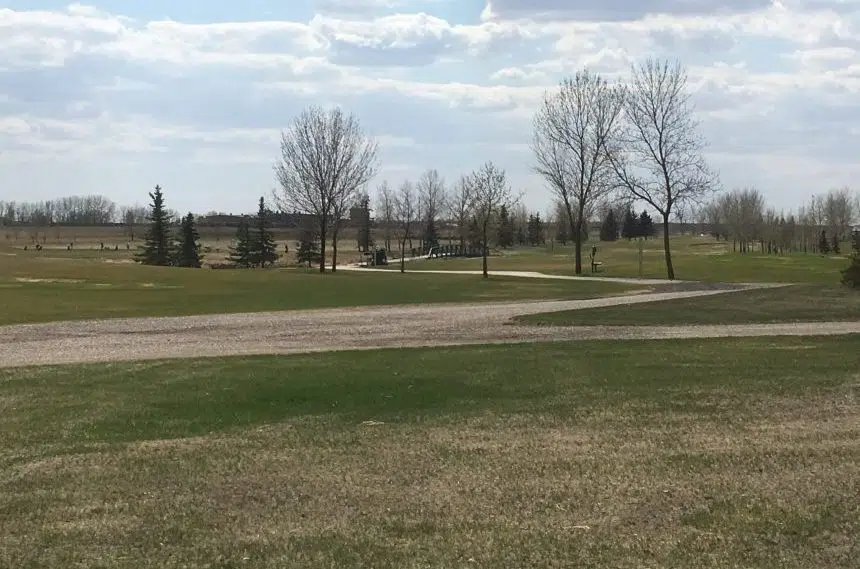The past five months have been the driest winter and spring for Saskatchewan in 70 years according to Environment Canada.
The average rainfall for May is 75 millimetres, but this year some areas like Regina have seen only about seven mm this season.
Thunderstorms rolled through some areas Wednesday night, but the rain was minimal with Lumsden recording the highest amount at only 9.7 mm and Saskatoon getting less than 2 mm.
David Phillips, chief meteorologist with Environment Canada, joined the 980 CJME Morning Show to talk about the dry spring.
“Certainly since April 1 it’s been like a thimbleful of rain that has fallen in parts of the province and Regina has maybe 15 per cent of what it would normally get,” Phillips said.
Even with rain forecast for Thursday night, there isn’t a lot of relief in sight for people concerned about the dry conditions including those battling wildfires and farmers seeding their fields.
Phillips said the long weekend temperatures should be ideal for anyone hoping to enjoy the sunshine in Saskatchewan, but admitted that’s not what agricultural producers want to hear right now.
“I have to be careful about what I say, I mean I get emotional when I talk about the weather on a long weekend and you know, I know that what’s great for camping and barbecuing is not good for farmers who are hoping for some million dollar rains.”
He said the May long weekend is often considered the unofficial kickoff to summer and the pattern of sunshine and warmth may hold true for the rest of the season.
“I looked at the next two weeks and sadly I don’t see any precipitation. So it’s going to continue to dry out and with temperatures that are going to be warmer than normal it’s going to suck up whatever moisture you have,” Phillips explained.
While some people might be cheering for the sunshine, Phillips said the hope is the forecast changes to provide the moisture farmers need.
Farmers face tense seeding season amid dry weather
Farmer and agriculture columnist Kevin Hursh said dry conditions are making many producers nervous as they start seeding fields this spring.
“It’s on everybody’s mind. You’re investing big dollars in putting a crop in the ground. With seed and fertilizer and herbicides to control weeds — there’s a huge investment,” Hursh told Gormley guest host Murray Wood on Thursday.
Hursh estimated Saskatchewan farmers probably spend between $4 billion and $5 billion on inputs each year.
While conditions were looking bleak around this time last year, Hursh said many producers were still able to get a decent crop off thanks to previous years’ moisture trapped deeper in the soil.
Hursh said that’s unlikely to be the case in 2018.
“This year, we don’t have that abundant sub-soil moisture in many southern areas. So we don’t have that money in the bank. We don’t have that luxury this time around.”
Since April 1 Hursh said precipitation charts show eastern parts of Saskatchewan have seen less than 40 per cent of the moisture they would normally get. Western areas have fared little better over the same period, generally getting less than 60 per cent of the average rainfall.
While the numbers are bleak, Hursh said it’s still too early to write off the 2018 crop.
“Sometimes you count things out too soon. ‘Oh, it’s a disaster,’ (but) no if it rains this week or next week or starts raining even in the next few weeks, there’s still lots of time.”
—With files from CKOM News







